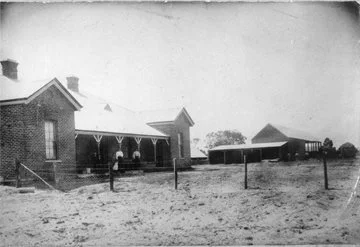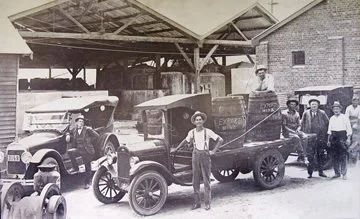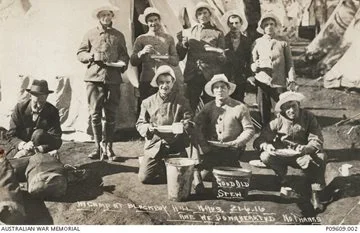The Swan Valley is a geographical area situated between the Swan River and Helena River confluence and Walyunga Pool in the Darling Range. It occupies an area of 105 square kilometres.
The first vines were planted in the region in 1829, making it the oldest viticulture region in WA and the second oldest in Australia.
Initially after settlement, the Swan River was the only transport route, and locations to settlers were long and narrow to give everyone a river frontage. The input of convict labour in the area between 1850 and 1868 was critical for the establishment of roads and the building of Barkers Bridge and the Upper Swan Bridge.
The expansion of the railways in the 1880s, the increase of population in the 1890s after the gold rushes and European immigration started the subdivision of many of the large estates in the Valley in the 1900s.
After World War I, various areas such as Herne Hill, Caversham, Millendon and Baskerville were used in soldier settlement schemes.
By the 1920s, the Swan Valley had achieved a position of dominance as a vineyard district, particularly for table grapes and dried fruit. Wine production grew in importance during the post-World War II period, and by 1979, there were 38 wineries in the Swan Valley.
In the 21st century, the Swan Valley is regarded as one of WA’s premier tourism regions. Its rural nature is protected by the Swan Valley Protection Act of 1995. Situated just 16km from the Perth CBD, the area remains a renowned grape-growing region containing world-class wineries, restaurants, galleries and accommodation.



